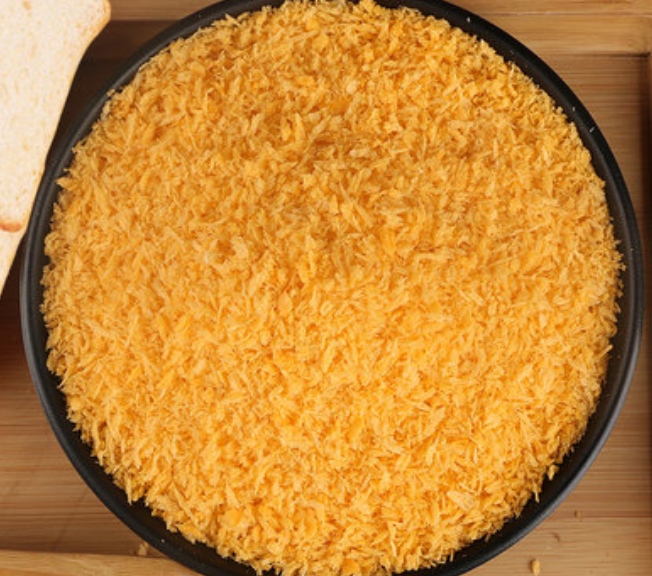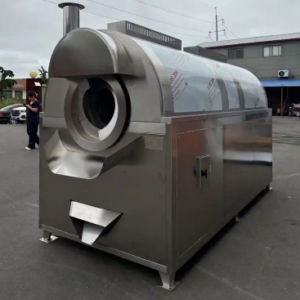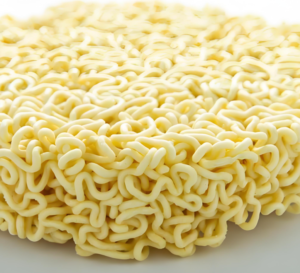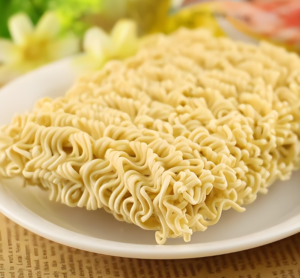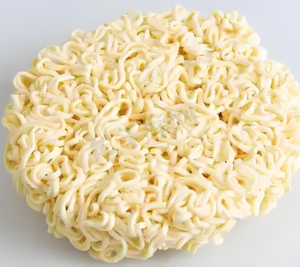<h1>The Development History of Bread Crumbs: From Ancient Staple to Global Trade Essential</h1>Bread crumbs, a simple yet versatile ingredient, have evolved from humble kitchen scraps to a key component in international food trade. Originating from basic food preparation techniques, they now play a vital role in B2B markets, especially in exporting processed foods. This article explores the fascinating history of bread crumbs, highlighting their innovations, industrial growth, and modern applications for professionals in foreign trade.
bread crumbs making machine
ToggleOrigins and Early Uses of Bread Crumbs
In ancient times, bread crumbs emerged as a byproduct of bread making. Civilizations like the Romans and Greeks used stale bread, ground into crumbs, for thickening soups and coating meats. This practice was practical, reducing waste in households and early communities.
By the Middle Ages, bread crumbs gained popularity in European cuisine. Bakers and cooks in regions like France and Italy incorporated them into dishes, such as gratins and stuffings. These early uses laid the foundation for bread crumbs as an economical ingredient, appealing to traders exchanging goods across borders.
As trade routes expanded during the Age of Exploration, bread crumbs traveled with explorers. For instance, sailors used them to preserve food on long voyages, marking an early intersection of bread crumbs with international commerce.
The Industrial Revolution and Mass Production
The 19th century brought significant changes with the Industrial Revolution. Mechanized mills and baking processes made bread production more efficient, leading to surplus bread that was easily converted into crumbs. In the UK and the US, factories began producing bread crumbs on a larger scale for canning and preserved foods.
This era saw bread crumbs become a staple in military rations. During the American Civil War and World Wars, they were used in meals for their ability to extend shelf life and enhance flavors. Exporters capitalized on this demand, shipping bread crumbs to allied nations and establishing early B2B supply chains.
Innovations in drying and grinding techniques improved quality and consistency. By the late 1800s, companies in Europe started exporting bread crumbs to colonies, integrating them into global trade networks and boosting economic ties in the food sector.
Innovations in Production Techniques
The 20th century revolutionized bread crumb production with advancements in technology. Automated grinding machines and dehydration methods allowed for uniform particle sizes, making bread crumbs suitable for industrial applications like breaded frozen foods.
Post-World War II, the fast-food industry boomed, with bread crumbs becoming essential for items like chicken nuggets and fish sticks. Brands like McDonald’s and global suppliers adopted standardized bread crumb formulations, driving B2B demand for high-quality exports.
Today, modern techniques include panko bread crumbs from Japan, introduced in the mid-20th century. Panko’s lighter texture gained international popularity, influencing trade as Asian exporters like Japan and China entered the market, competing with traditional European suppliers.
Global Trade and Export Dynamics
Bread crumbs have become a significant player in foreign trade, with exports growing due to globalization. Major exporters like the EU, the US, and China dominate the market, supplying to importers in regions such as Asia, Africa, and the Americas.
International standards, like those from the Codex Alimentarius, ensure bread crumb quality for safe global trade. B2B professionals must navigate regulations, such as FDA guidelines in the US or EU food safety directives, to facilitate seamless exports.
Market trends show a surge in demand for organic and gluten-free variants. Exporters are adapting by sourcing sustainable ingredients, creating opportunities for B2B partnerships in emerging markets like Southeast Asia, where bread crumbs are used in local adaptations of Western cuisine.
Economic Impact and Market Trends
The bread crumb industry contributes billions to the global economy. According to reports from the International Trade Centre, exports reached over $500 million annually, with growth driven by the expanding processed food sector.
B2B traders benefit from value-added products, such as seasoned or flavored bread crumbs, which command higher prices. Companies focus on supply chain efficiency, using digital platforms for sourcing and distribution to meet the demands of international buyers.
Sustainability is a key trend, with exporters emphasizing eco-friendly packaging and waste reduction. This aligns with global initiatives, encouraging B2B collaborations that promote ethical trade practices in the food industry.
Challenges in the Bread Crumb Supply Chain
Despite growth, the bread crumb sector faces challenges like fluctuating raw material costs and supply disruptions. B2B exporters must manage risks from agricultural volatility, such as wheat shortages, which impact production.
Quality control is crucial for international trade. Contaminants or inconsistencies can lead to rejected shipments, underscoring the need for rigorous testing and certifications like ISO standards.
Additionally, geopolitical factors, such as trade tariffs or Brexit-related changes, have affected export routes. Professionals in foreign trade must stay informed to navigate these obstacles effectively.
Modern Applications and Future Prospects
In contemporary settings, bread crumbs extend beyond food to cosmetics and animal feed. In the B2B realm, they are integral to manufacturing ready-to-eat meals, appealing to exporters targeting busy urban consumers worldwide.
Future innovations may include fortified bread crumbs with nutrients or plant-based alternatives. As plant-based diets rise, exporters could see new opportunities in developing markets like India and Brazil.
With e-commerce growth, digital B2B platforms are streamlining bread crumb trade, allowing for direct connections between suppliers and buyers, fostering a more interconnected global market.
Frequently Asked Questions
Below are common questions about the history and trade of bread crumbs, answered to provide clarity for B2B professionals.
What are the origins of bread crumbs?
Bread crumbs originated in ancient Rome and Greece as a way to repurpose stale bread, evolving into a key ingredient in global cuisines over centuries.
How did industrialization impact bread crumb production?
The Industrial Revolution introduced mechanized processes, enabling mass production and export, which transformed bread crumbs from a local staple to an international commodity.
What role do bread crumbs play in modern foreign trade?
They are a vital export for food manufacturers, with B2B trade focusing on quality standards and innovations to meet global demand for processed foods.
What are the key challenges in exporting bread crumbs?
Exporters face issues like regulatory compliance and supply chain disruptions, requiring strategic planning to maintain profitability in competitive markets.
How is the bread crumb industry adapting to sustainability trends?
Companies are adopting eco-friendly practices, such as sustainable sourcing and packaging, to align with global environmental standards and attract ethical buyers.
What future trends should B2B traders watch for?
Expect growth in specialized variants like organic or fortified bread crumbs, driven by health-conscious consumers and digital trade advancements.
Conclusion
In summary, the development history of bread crumbs illustrates a journey from ancient waste reduction to a cornerstone of global trade. For B2B professionals, understanding this evolution highlights opportunities in innovation, sustainability, and market expansion. By leveraging historical insights and current trends, exporters can navigate challenges and contribute to a thriving international food industry, ensuring bread crumbs remain a valuable asset in foreign trade.

